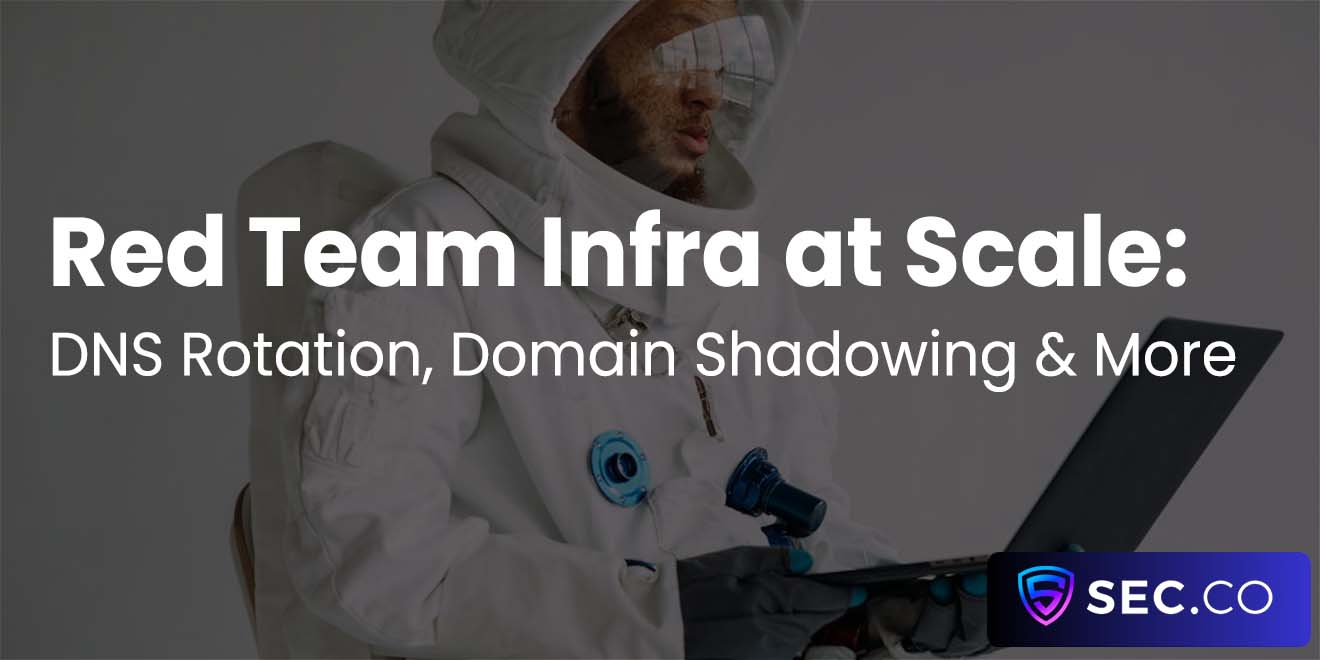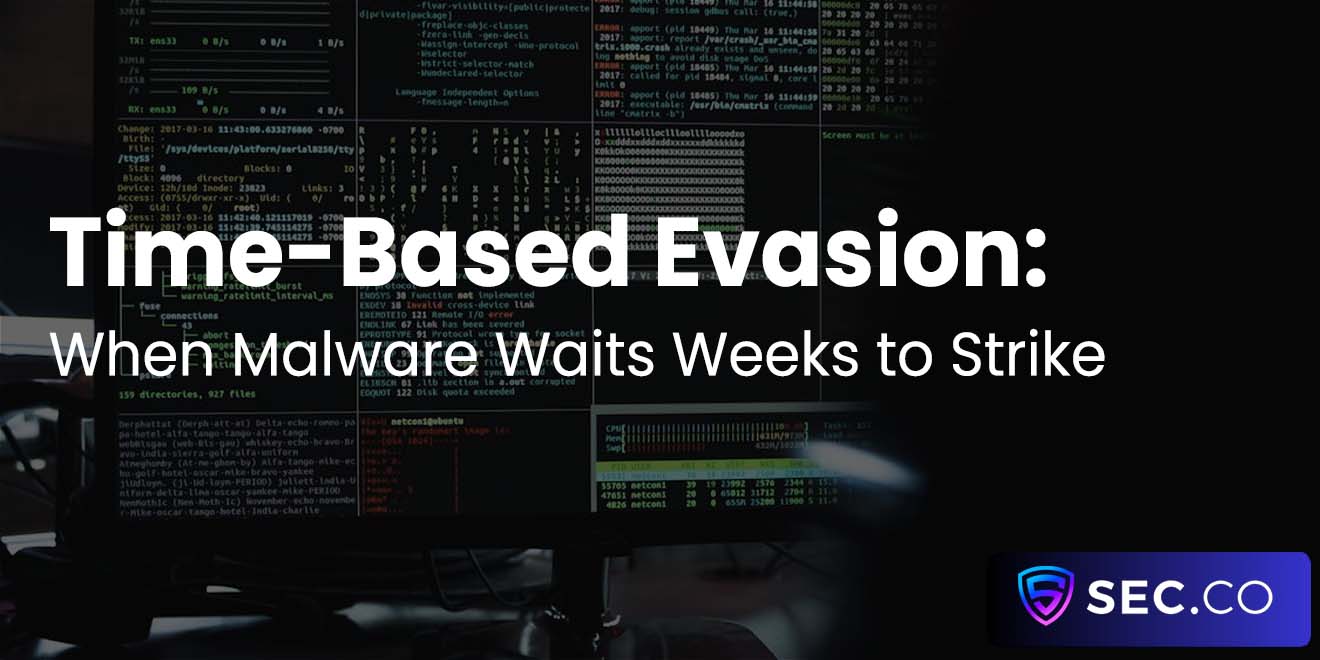Red Teaming Foundation Models: A Practical Guide for Security Leaders
Generative AI is no longer a research curiosity—it now powers everything from conversational help desks to automated code assistants. As these large foundation models make their way into production environments, the Cybersecurity & Cyberdefense conversation is shifting from “Can we use this?” to “How do we keep it safe?” Traditional penetration testing shines a light on network and application weaknesses, but foundation models demand a new playbook.
That playbook is red teaming: conducting adversarial exercises that expose hidden failure modes before attackers or accidental misuse can do real damage. The following guide walks security leaders through the why, what, and how of red teaming foundation models in fewer than 1,200 words.
Why Red Teaming Foundation Models Matters
The Expanding Attack Surface of Generative AI
Foundation models sit at the junction of data, algorithmic logic, and business-critical workflows. Their attack surface spans:
Input prompts that an external user can manipulate (prompt injection)
Training data that can be poisoned to influence future outputs
Model outputs that might leak sensitive information or recommend unsafe actions
Down-stream integrations—think email services, cloud functions, or industrial controls—that automatically act on model suggestions
Because these systems learn patterns instead of following hard-coded rules, simple “allow/deny” lists can’t reliably tame them. Red teaming brings real-world pressure to bear, stress-testing the model in ways internal QA rarely does.
Compliance and Trust Implications
Regulators are moving fast. From the EU AI Act to U.S. executive orders, upcoming policy frameworks require demonstrable risk assessments and mitigation strategies. A structured red-team report shows auditors—and customers—that you’re not just checking boxes; you’re proactively governing the technology. That transparency builds the kind of trust that marketing campaigns can’t buy.
Core Principles of Model Red Teaming
Threat Modeling Comes First
Jumping straight into exploit attempts wastes time and may overlook critical business contexts. Start by mapping:
Assets: What data, decisions, or automated actions does the model touch?
Adversaries: Who stands to gain from manipulating or degrading those assets?
Impact: Which failure modes translate into real-world harm—privacy loss, fraud, safety issues, or brand damage?
This initial blueprint guides the red team’s focus and helps leadership allocate resources wisely.
Human-Machine Collaboration
In classic infrastructure testing, tools do the scanning and people do the interpreting. For foundation models, humans and machines must collaborate far more tightly:
Automated fuzzers can generate thousands of random or malicious prompts in minutes.
Skilled analysts sift through output variations, looking for glimpses of policy violations or latent bias.
Cognitive “adversarial creativity” exercises—role-playing as a disgruntled contractor or state-sponsored actor—explore nuanced, context-rich attacks that scripts miss.
Treat each stage as an iterative loop: findings feed back into both automated pipelines and policy refinements.
Building Your Red Team Program
Assemble the Right Mix of Skills
A model-focused red team is part hacker collective, part data science guild, and part policy group. Ideal roles include:
Prompt engineers who understand model conditioning and token quirks
Security researchers fluent in threat intel and exploit methodology
Data scientists who can evaluate perplexity, toxicity, or performance drift
Domain experts (legal, medical, financial) who spot sector-specific risks
Diversity counts. Different perspectives surface different failure modes.
Define Practical, Risk-Based Scenarios
Instead of chasing every theoretical exploit, anchor exercises to real business cases. For an AI coding assistant, that might be: “Insert malicious obfuscation into a code sample that passes unit tests but opens a hidden socket.” For a customer-service chatbot, it could be: “Extract another user’s support transcript through conversational manipulation.” Concrete scenarios sharpen testing objectives and make later reporting more actionable.
Metrics That Actually Matter
Accuracy alone is not a sufficient KPI. Effective red teaming tracks:
Evasion Rate: How often can adversarial prompts bypass safety filters?
Leakage Severity: Volume and sensitivity of data exposed during attacks
Autonomous Action Risk: Probability that harmful model instructions reach integrated automation layers
Mean Time to Detection (MTTD): How quickly monitoring tools flag policy violations
These metrics tell leaders where to invest—filter tuning, user education, or architectural controls.
Post-Engagement: Turning Findings into Defenses
Prioritizing Remediation and Monitoring
Treat every confirmed exploit like a zero-day. Triage first by potential impact, then by likelihood. Remediation could involve:
Updating system prompts and guardrails
Adding adversarial training examples to fine-tune model responses
Hardening downstream APIs with stricter input validation and rate limiting
Continuous monitoring is non-negotiable. Even after patching, periodically re-run attack scripts to ensure fixes hold up against model updates.
Communicating Results to the Board
Executives need clarity, not jargon. Frame outcomes in terms they recognize: operational resilience, regulatory exposure, and brand equity. A concise heat-map that links each exploit path to dollar-value risk resonates far more than a 50-page vulnerability dump. Close with a roadmap—time-boxed remediation tasks paired with responsible owners—so leadership sees momentum, not just problems.
Getting Started—A 30-Day Action Plan
Week 1–2
Identify top three business workflows that rely on a foundation model.
Draft a lightweight threat model covering assets, adversaries, and impact for each workflow.
Week 3
Assemble an initial red team pod (two security researchers, one data scientist, one prompt engineer).
Select one high-impact scenario and design test prompts plus success criteria.
Week 4
Run the exercise, capture output, and assign severity ratings.
Present findings to engineering and product leads; agree on first-wave mitigations.
Rinse and repeat monthly, scaling scope and sophistication as your AI footprint grows.
Conclusion
Red teaming foundation models isn’t a shiny add-on—it’s fast becoming a baseline expectation for any mature Cybersecurity & Cyberdefense program. By combining structured threat modeling, interdisciplinary talent, and clear executive reporting, security leaders can turn potential AI liabilities into a strategic advantage.
The models will keep evolving, and so will adversaries, but a disciplined red-team culture ensures your organization evolves even faster—on the safe side of the ledger.
Trusted by the Web Community
See what we written lately
Request an invite
Get a front row seat to the newest in identity and access.
















